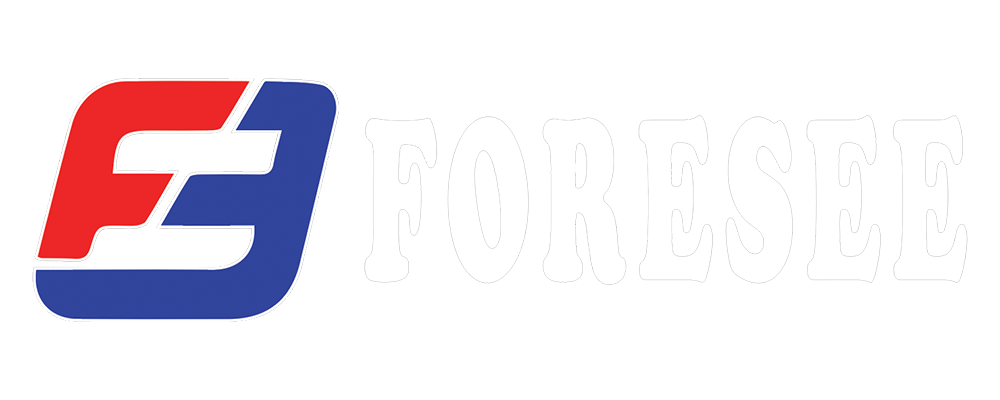Welding consumables refer to materials that are consumed or used up during the welding process. These materials are essential for creating a weld joint and include electrodes, filler metals, fluxes, and shielding gases. Here's a breakdown of common welding consumables:
-
Electrodes: Electrodes are used in various welding processes to create an arc that melts the base metal and filler material. They come in different types depending on the welding process, such as stick electrodes for shielded metal arc welding (SMAW) and tungsten electrodes for gas tungsten arc welding (GTAW).
-
Filler Metals: Filler metals are added to the weld pool to reinforce the joint and provide additional material where needed. They come in various forms, including solid wires, flux-cored wires, and welding rods, and are selected based on the base metal being welded and the welding process being used.
-
Fluxes: Fluxes are substances used in certain welding processes to protect the molten weld pool from atmospheric contamination and to facilitate the removal of impurities from the weld metal. They can be in the form of powder, paste, or granules and are commonly used in processes such as shielded metal arc welding (SMAW) and submerged arc welding (SAW).
-
Shielding Gases: Shielding gases are used in gas metal arc welding (GMAW) and gas tungsten arc welding (GTAW) to protect the weld area from atmospheric contamination. Common shielding gases include argon, helium, carbon dioxide, and mixtures thereof, which are selected based on the specific welding process and material being welded.
These welding consumables play a crucial role in the welding process, ensuring the integrity, strength, and quality of the weld joint. Choosing the right consumables for a particular welding application is essential for achieving desired weld properties and performance.

Recent post